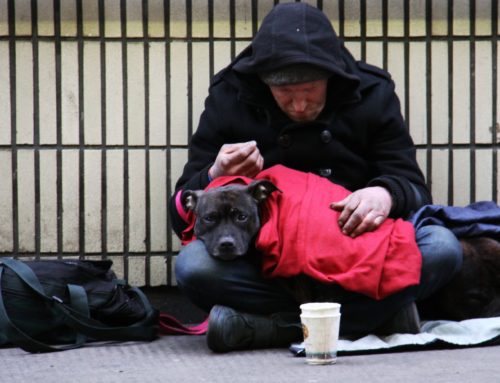As recent as 2013, homelessness among children in the United States reached 2.5 million, making it the largest amount in history and a remarkable 8 percent increase over the previous year. What’s more is that this issue affects one 1 in 30 children, in every city, county and state in the country, and the number grew in over 30 states between 2012 and 2013. As a result, child homelessness has drawn increased attention from policy makers and charities alike, who hope to alleviate the issue. One such charity is the Care for the Homeless, based in New York City.
Initiated in 1984, Care for the Homeless has dedicated itself to providing quality healthcare services for homeless individuals as well as resources for shelter and permanent housing. With their recent campaign, Caring For Kids, the organization is shedding light on the connection between sickness and homelessness. According to researchers, homeless children get sick four times more than housed children. Those without homes are more likely to deal with asthma and other respiratory problems, which are not only dangerous, but distracting from school and other obligations. Likewise, as imagined, these children are at greater risk of suffering from mental health problems in addition to physical infirmity.
That’s why Care for the Homeless is hoping to raise $25,000 to address both of these issues; more specifically, for the purchase of medicine not covered by Medicaid and for pediatric mental health sessions, among other things. In a YouTube video supporting the campaign, the organization shows housed children sharing personal stories about their privileges as well as debunking myths about homelessness and the stereotypes many possess regarding the 64,000 people without permanent housing in New York City. In one scene, a young girl makes clear that “less than 5% of NYC’s homeless are single men or women sleeping on the streets.” A staggering 40% of individuals in shelters are children.
The call to action at the end of the video, which I’ve included below, is political involvement. Calling local leaders and signing petitions to extend public support to homeless children who need of medical assistance. In addition to that, however, there is an opportunity to donate to the cause directly, which has so far reached less than a quarter of its goal.








